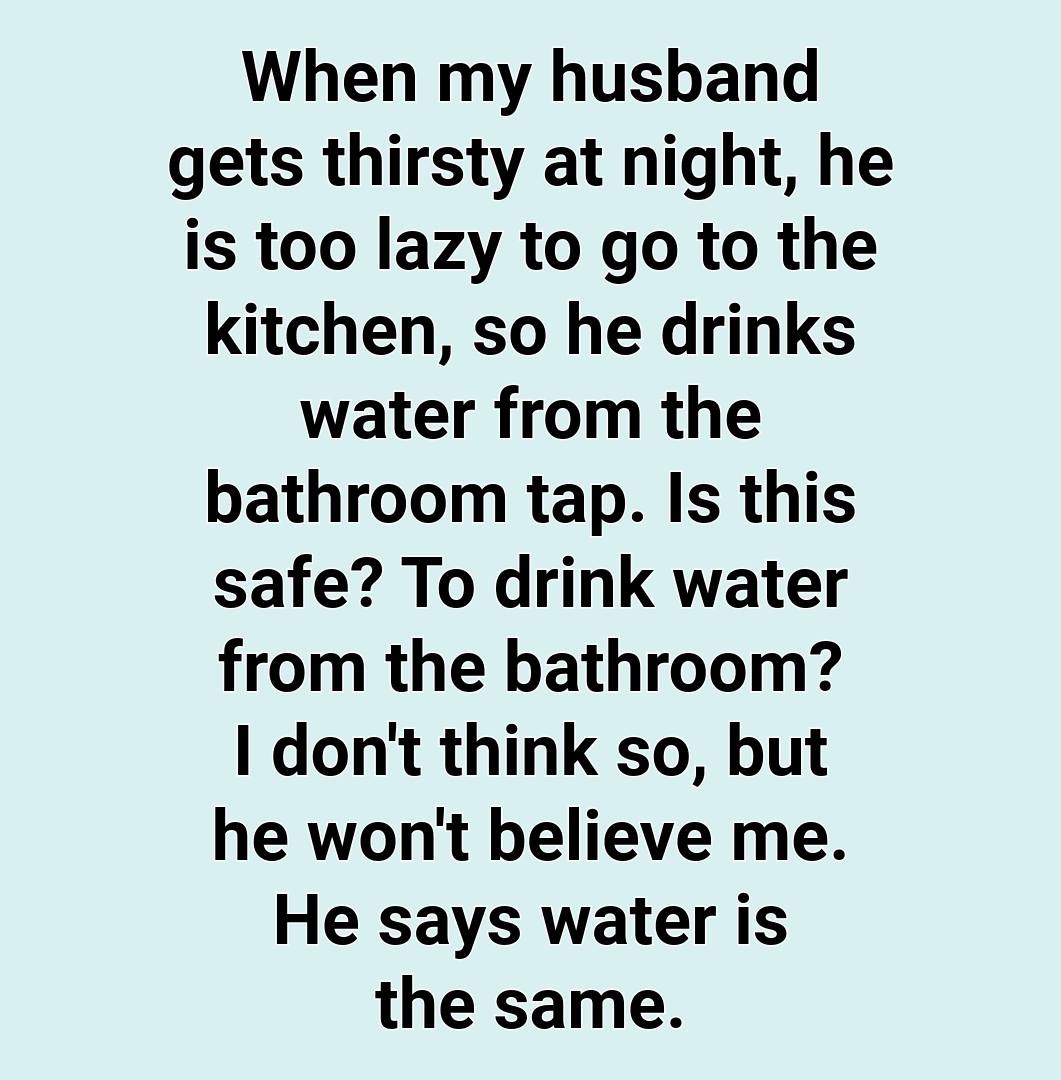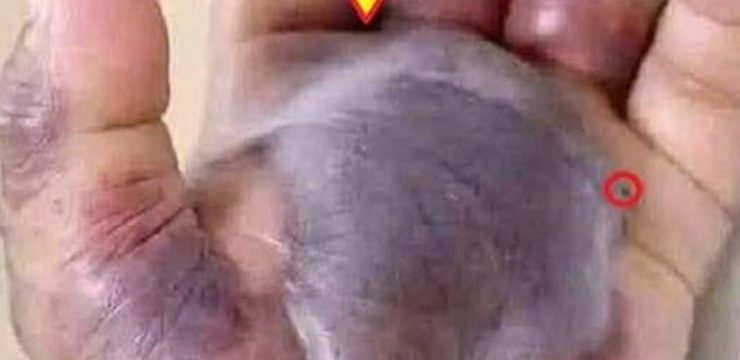When you’re feeling thirsty and the kitchen seems too far away, it’s tempting to turn on the bathroom tap and take a quick sip. But is drinking water from the bathroom sink actually safe? The short answer is yes, in most modern homes, it is generally safe to drink water from the bathroom tap.

However, there are several important factors you should consider before making it your go-to hydration source. Most newer homes are built with a single water supply line that distributes water equally to all faucets throughout the house, meaning your bathroom sink is pulling from the same clean source as your kitchen. This makes the water technically just as safe to drink. But plumbing, location, and maintenance practices can influence the safety and taste of that water, and knowing what to look out for can make a big difference. For starters, one of the most crucial things to consider is the age of your plumbing system.
If you live in an older home—think built decades ago rather than in recent years—your plumbing may include pipes made of materials that are now considered outdated or even unsafe. Over time, these pipes can corrode, releasing metals like lead or copper into the water supply. Even if the water source is clean, the water that comes out of the tap might have picked up unwanted contaminants during its journey through your home’s pipes. If your home is older or you’re unsure of the pipe materials, it’s a good idea to have the plumbing inspected or invest in a home water testing kit to assess the safety of your bathroom tap water.
These kits are widely available and provide peace of mind with minimal effort. Another factor to consider is whether or not your home is equipped with a water treatment system. Households that use water softeners, filtration systems, or reverse osmosis units are likely delivering cleaner water to all faucets, including those in the bathroom. These systems work to reduce hard minerals, chlorine, and potential contaminants, and in many cases, they improve the overall taste and quality of the water. So, if you’ve invested in one of these systems, chances are your bathroom tap is just as safe—and maybe even safer—than other sources in your home. One common myth that needs debunking is the assumption that bathroom sink water is the same as toilet water.
This couldn’t be further from the truth. Although all plumbing is connected through the home’s water system, the toilet tank and bowl are not connected to the same pipe as your bathroom sink. The water that flows into your sink is fresh and clean, not recycled or reused, so you don’t have to worry that you’re somehow drinking from the toilet. That said, even if the water itself is clean, the cleanliness of the sink can impact your drinking experience. Bathroom sinks are often used for brushing teeth, shaving, or washing hands, which means they can accumulate bacteria, soap scum, and grime quickly. If your bathroom sink isn’t cleaned regularly, bacteria can potentially transfer from the surfaces around the faucet to your mouth. The best way to prevent this is simply to keep your sink clean—wipe down the basin, the faucet handles, and the surrounding counter area frequently to minimize germs. At the end of the day, it all comes down to common sense. If your bathroom hasn’t been cleaned in weeks, if your home’s plumbing is a relic from decades past, or if the water has a funny smell or color, it’s probably smarter to head to the kitchen for a glass of water. But in most cases, especially in well-maintained, modern homes, the bathroom sink is a perfectly acceptable source for a quick drink. As long as the plumbing is in good condition, your water system is treated or filtered, and you keep your bathroom clean, there’s no reason to be overly concerned. So the next time you find yourself brushing your teeth and suddenly feeling thirsty, you don’t have to second-guess reaching for a quick sip from the tap—just be sure it’s water you’re reaching for, not the mouthwash.





